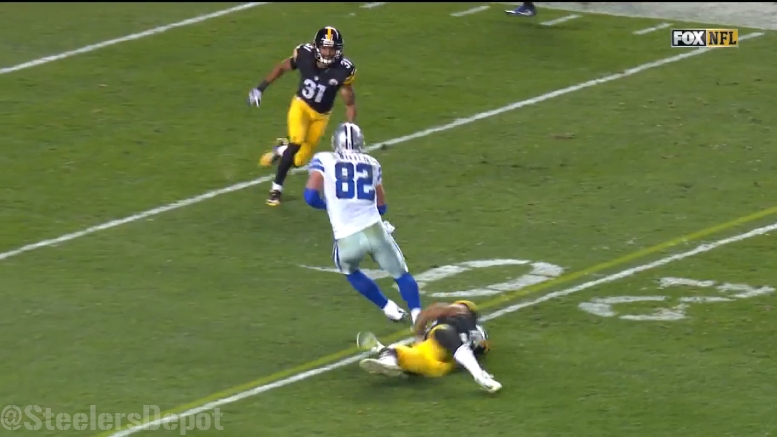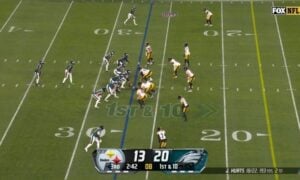The Pittsburgh Steelers defense came a long way during the 2016 season. That is especially so when it comes to the procurement of the appropriate personnel. But it would be foolish to ignore the fact that the unit as a whole still has a long way to go.
That statement is true not just globally but also situationally. One example of that would be the fact that the Steelers were comfortably among the worst teams in the league in terms of allowing opposing offenses to convert long third- and fourth-down situations over the course of the regular season and the postseason.
The Steelers ranked fifth during the regular season (that is, fifth-worst) when it came to giving up a first down when facing third and six or longer, yielding a new set of downs on 32.8 percent of all such plays. Washington was the only team to finish with a conversion rate greater than 35 percent.
The picture only grows starker if you include fourth-down plays into the equation. Adding in the 10 fourth-and-six or greater plays into the equation sees the Steelers’ conversion rate escalate to 34.1 percent. Only the Titans at 34.4 percent performed worse in that respect.
The Steelers also allowed six touchdowns in such situations for a three-way tie for the second-most touchdowns allowed, trailing only Cleveland’s seven touchdowns. Pittsburgh’s raw number of 47 first-downs given up in such situations as those described in the above parameters was the most in the league.
Sample sizes decrease in the playoffs, but the Steelers ranked as the third-worst in allowing first downs here as well. Only the Packers and, somewhat ironically, the Patriots have currently done worse than Pittsburgh’s 40-percent conversion rate allowed. The Steelers do hold the distinction of being the only team in the playoffs to allow a touchdown on such plays. Twice.
New England played a heavy role in the Steelers finishing so poorly in this department in the playoffs. The Patriots converted six times during the AFC Championship game on third or fourth down with six yards to go for a first down. Both of Pittsburgh’s touchdowns allowed in such situations came courtesy of Tom Brady, though they also sacked him twice.
This is not a statistic that was left in the dust during our coverage of the team this year; in fact, it is something that we have brought up on a number of occasions. Looking back at the total body of work on the season and finding how poorly they finished is disappointing to say the least.
The Steelers do not have a dominant defense by any stretch of the imagination. They must at the very least manage to get off the field on prime opportunities when they are able in order to allow the offense to hold its end of the bargain. Clearly there is work yet to do toward that end.








